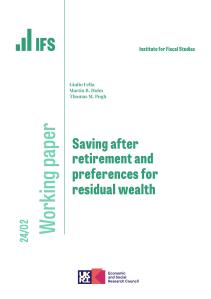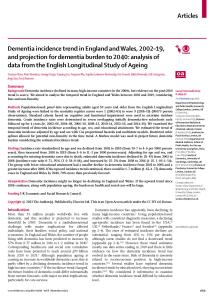In this paper we describe the history of state pension policy in the UK since the introduction of the State Pension in 1948. We calculate simple summary measures of the generosity of the system over time and of the degree to which the system has created implicit taxes on, or subsidies to, work at older ages. The time series of these measures, calculated separately for ’example-type’ individuals of different birth cohorts, education and sexes, are then related to the time-series of employment rates at older ages for the equivalent types of individual. As is well known, the generosity of the system is shown to have risen over the period as whole but has fallen in recent years. In contrast to many countries there were never large implicit taxes on work arising from the state pension system (one exception being the earnings-test that affected higher earners in the first five years after the State Pension Age up until 1989), but what implicit subsidies there were in the years immediately before the State Pension Age have been gradually eliminated and the system is now broadly neutral with regard to work incentives. Exploiting variation in pension wealth and work incentives across different cohort-education-sex groups created by the timing and phasing of pension reforms we can show that for men both pension wealth and the implicit work disincentives in the pension system are correlated with employment outcomes with the expected negative sign.









